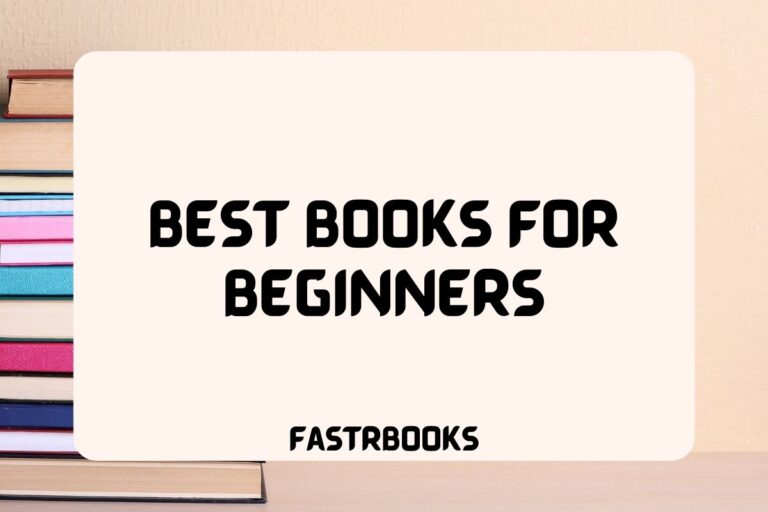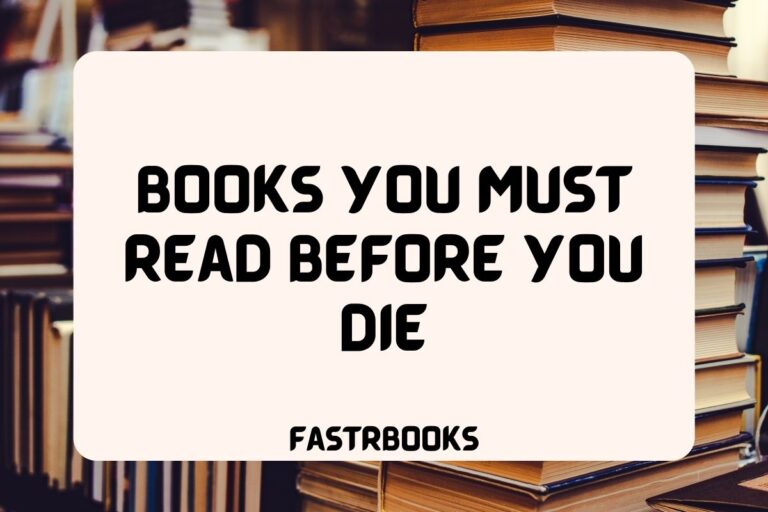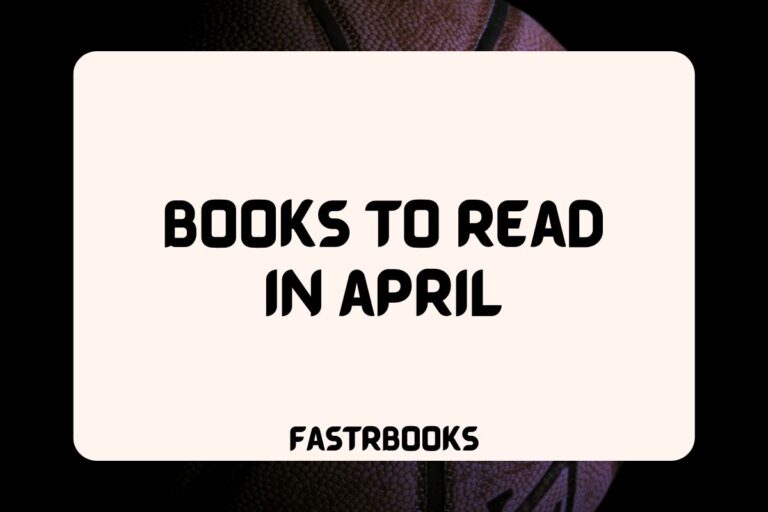17 Books That Are Better Than Movies
The age-old debate of whether the book or the movie adaptation reigns supreme continues to spark discussion among movie lovers and bibliophiles alike.
While cinema has the power to visually captivate audiences, I personally feel there’s an undeniable charm and depth found within the pages of a well-crafted book.
Join me as I embark on a journey through some literary masterpieces that not only stand the test of time but also prove to be superior to their on-screen counterparts.
Let’s go.
Books That Are Better Than Movies
1. “The Great Gatsby” by F. Scott Fitzgerald
F. Scott Fitzgerald’s “The Great Gatsby” is a masterpiece of American literature that delves deep into themes of decadence, idealism, resistance to change, and social upheaval during the Roaring Twenties.
The novel is renowned for its exquisite prose, intricate character development, and the exploration of the American Dream’s elusive nature.
While there have been several film adaptations of “The Great Gatsby,” including the notable 2013 version directed by Baz Luhrmann and starring Leonardo DiCaprio, many critics and readers argue that these cinematic interpretations fail to capture the novel’s lyrical beauty and emotional depth.
The subtleties of Fitzgerald’s narrative and the complexity of its characters often lose their potency on screen, making the book a more fulfilling and immersive experience.
2. “The Shining” by Stephen King
Stephen King’s “The Shining” is a horror novel that explores the themes of isolation, madness, and the supernatural. The story follows Jack Torrance, an aspiring writer and recovering alcoholic who accepts a position as the off-season caretaker of the Overlook Hotel, a remote resort located in the Colorado Rockies.
The novel delves deep into the psyche of its characters, particularly Jack’s descent into madness and the psychic abilities of his son, Danny. Stanley Kubrick’s 1980 film adaptation is iconic in its own right but has been noted for its significant deviations from the book’s plot and themes.
King himself has expressed dissatisfaction with Kubrick’s interpretation, particularly the film’s lack of emotional depth and the omission of key elements from the novel.
As such, the book is often considered superior for its richer narrative and character development.
3. “Harry Potter and the Prisoner of Azkaban” by J.K. Rowling
The third installment in J.K. Rowling’s Harry Potter series, “Harry Potter and the Prisoner of Azkaban,” is frequently cited as a favorite among fans of the books.
The novel introduces complex themes such as identity, the nature of fear, and the impact of the past on the present. It also marks a turning point in the series, with a darker and more mature tone.
The 2004 film adaptation, directed by Alfonso Cuarón, is praised for its visual style and innovative approach but is often criticized for omitting significant plot details and character development that are central to the book’s appeal.
The depth of the magical world, the complexity of the storyline, and the development of secondary characters are much more pronounced in Rowling’s text, making the book a richer and more engaging experience.
4. “Fight Club” by Chuck Palahniuk
Chuck Palahniuk’s “Fight Club” is a darkly satirical novel that explores themes of identity, consumerism, and male malaise in contemporary society. The narrative follows the unnamed protagonist’s disillusionment with his mundane life and his involvement with Tyler Durden, a charismatic soap salesman who establishes an underground fight club as a radical form of male therapy.
The 1999 film adaptation, directed by David Fincher and starring Brad Pitt and Edward Norton, is critically acclaimed and has achieved cult status.
However, fans of the novel argue that the film, while visually striking and faithful to the book’s plot, cannot fully encapsulate the depth of Palahniuk’s insights into consumer culture and the existential crisis of modern man.
The book’s nuanced exploration of these themes, along with its unique narrative style, make it a more complex and rewarding experience.
5. “The Book Thief” by Markus Zusak
“The Book Thief” by Markus Zusak is a powerful and innovative novel set in Nazi Germany, told from the perspective of Death. It follows the life of Liesel Meminger, a young girl who finds solace in stealing books and sharing them with her neighbors and the Jewish man hiding in her basement.
The novel is celebrated for its unique narrative voice, deep emotional impact, and the exploration of themes such as the power of words, the beauty and brutality of humanity, and the resilience of the human spirit.
The 2013 film adaptation, while beautifully shot and well-acted, struggles to convey the novel’s narrative complexity and the depth of its characters’ inner lives. Zusak’s stylistic choices, such as the use of Death as a narrator, add a layer of profundity and nuance that the film cannot fully replicate, making the book a more enriching and thought-provoking experience.
6. “Jurassic Park” by Michael Crichton
Michael Crichton’s “Jurassic Park” is a thrilling science fiction novel that explores the ethical and moral implications of genetic engineering and cloning. The story revolves around a theme park filled with genetically recreated dinosaurs and the catastrophic consequences of tampering with nature.
While Steven Spielberg’s 1993 film adaptation is a landmark in visual effects and a beloved classic for its suspenseful storytelling and groundbreaking use of CGI, many fans of the book argue that the film simplifies the novel’s complex scientific discussions and ethical dilemmas.
Crichton’s narrative delves deeper into the science behind the park’s creation and offers a more nuanced critique of corporate greed and scientific hubris, making the book a richer and more thought-provoking experience.
7. “The Golden Compass” (Northern Lights) by Philip Pullman
“The Golden Compass” (known as “Northern Lights” outside North America) is the first book in Philip Pullman’s “His Dark Materials” trilogy, a richly imagined fantasy that explores themes of freedom, religion, and the nature of the universe.
The story follows Lyra Belacqua, a young girl who embarks on a journey to the Arctic to save her kidnapped friend and uncovers a sinister plot involving stolen children.
The 2007 film adaptation, while visually impressive, was criticized for its oversimplification of the novel’s complex themes and for watering down its critique of organized religion, likely due to the desire to make the film more commercially viable.
Pullman’s novel, with its intricate world-building and deep philosophical underpinnings, offers a more immersive and intellectually stimulating experience.
8. “Dune” by Frank Herbert
Frank Herbert’s “Dune” is a landmark science fiction novel known for its epic scale, complex characters, and intricate exploration of politics, religion, and ecology. The story, set in the distant future, revolves around the desert planet Arrakis and the struggle for control of the valuable spice melange, which grants unique psychic abilities.
While there have been several attempts to adapt “Dune” for the big screen, including David Lynch’s 1984 version and Denis Villeneuve’s 2021 adaptation, many fans and critics argue that the cinematic versions struggle to fully capture the depth of Herbert’s world-building and the complexity of the novel’s themes.
The book’s detailed exploration of its characters’ inner lives and the intricate socio-political and environmental systems of the Dune universe make it a more fulfilling experience.
9. “The Hitchhiker’s Guide to the Galaxy” by Douglas Adams
Douglas Adams’ “The Hitchhiker’s Guide to the Galaxy” is a seminal work of science fiction comedy that explores philosophical questions and the absurdity of life through the lens of humor.
The novel follows Arthur Dent, a hapless Englishman, who embarks on a bizarre journey through space following the destruction of Earth. The 2005 film adaptation, while entertaining and faithful to the humor of the original, struggles to encapsulate the book’s unique blend of wit, satire, and profound insight into the human condition.
Adams’ narrative is distinguished by its clever use of language, quirky characters, and the ability to weave complex ideas into a hilariously absurd cosmic adventure, making the book a more engaging and satisfying experience.
10. “The Time Traveler’s Wife” by Audrey Niffenegger
Audrey Niffenegger’s “The Time Traveler’s Wife” is a novel that blends romance, science fiction, and fantasy to explore themes of love, loss, and free will. The story centers on Clare and Henry, a couple deeply in love but faced with the challenge of Henry’s uncontrollable time-traveling episodes.
The 2009 film adaptation captures the basic premise and emotional core of the story but is often criticized for failing to convey the novel’s depth, particularly in its exploration of the complexities of time travel and the impact on relationships.
Niffenegger’s novel is praised for its original narrative structure and the depth with which it delves into the characters’ emotional lives, offering a more nuanced and poignant exploration of the themes than the film.
11. “Pride and Prejudice” by Jane Austen
Jane Austen’s “Pride and Prejudice” is a classic novel of manners that explores themes of marriage, social class, and personal growth through the story of Elizabeth Bennet and Mr. Darcy.
While there have been numerous adaptations of Austen’s work, including the acclaimed 2005 film starring Keira Knightley and Matthew Macfadyen, many purists argue that these cinematic versions cannot fully capture the novel’s sharp wit, intricate characterizations, and the subtleties of social commentary that Austen masterfully weaves into her narrative.
The novel’s detailed exploration of its characters’ internal monologues and the nuanced social interactions provide a depth and richness that is often condensed or overlooked in film adaptations, making the book a more comprehensive and rewarding experience.
12. “The Catcher in the Rye” by J.D. Salinger
J.D. Salinger’s “The Catcher in the Rye” is a seminal work in American literature, offering a profound exploration of teenage alienation and loss of innocence through the eyes of its protagonist, Holden Caulfield. Despite its status as a literary classic, Salinger famously refused to sell the movie rights to the book, meaning there has never been a film adaptation.
The novel’s first-person narrative, characterized by Holden’s distinctive voice and perspective, provides an intimate look into the character’s thoughts and feelings, a feature that would be challenging to replicate in a film format.
The book’s nuanced portrayal of the complexities of adolescence and its critique of adult hypocrisy have made it a timeless exploration of youth and identity.
13. “American Psycho” by Bret Easton Ellis
Bret Easton Ellis’s “American Psycho” is a controversial and darkly satirical novel that examines the excesses of consumerism and the vacuity of the yuppie lifestyle in 1980s Manhattan through the character of Patrick Bateman, a wealthy investment banker who leads a double life as a serial killer.
While the 2000 film adaptation directed by Mary Harron and starring Christian Bale is praised for its biting satire and Bale’s performance, the film necessarily dilutes the novel’s graphic violence and the depth of Bateman’s psychological descent.
Ellis’s work is characterized by its relentless detail and chilling narrative style, which allows for a more profound exploration of the themes of identity, materialism, and detachment in modern society.
14. “Gone with the Wind” by Margaret Mitchell
Margaret Mitchell’s “Gone with the Wind” is an epic novel of love and war, set against the backdrop of the American Civil War and Reconstruction era.
It tells the story of Scarlett O’Hara, a strong-willed daughter of a plantation owner, and her complex relationships with Rhett Butler and Ashley Wilkes. The 1939 film adaptation, while a monumental achievement in cinema and a winner of multiple Academy Awards, can only skim the surface of Mitchell’s detailed narrative and the complexity of its characters.
The novel provides a more nuanced exploration of Scarlett’s psychological depth, the intricacies of the social and political context of the time, and the themes of survival, identity, and morality that are only partially captured on screen.
15. “The Perks of Being a Wallflower” by Stephen Chbosky
Stephen Chbosky’s “The Perks of Being a Wallflower” is a coming-of-age novel that captures the essence of adolescence, exploring themes of friendship, love, and the struggle to find one’s place in the world.
The novel is written in a series of letters from the protagonist, Charlie, to an anonymous friend, providing a deeply personal and introspective look at his life. While Chbosky himself directed the 2012 film adaptation and the movie is highly regarded for its faithful representation of the book’s spirit, the novel’s first-person epistolary format offers a more intimate connection to Charlie’s thoughts and emotions.
The book delves deeper into the characters’ backgrounds and provides a more nuanced portrayal of their experiences, making it a more emotionally resonant experience for many readers.
16. “To Kill a Mockingbird” by Harper Lee
Harper Lee’s “To Kill a Mockingbird” is a classic American novel that tackles themes of racial injustice, moral growth, and compassion through the eyes of Scout Finch, a young girl in the Deep South during the 1930s.
The 1962 film adaptation, starring Gregory Peck as Atticus Finch, is considered a film classic and remains faithful to the novel’s plot and themes. However, the novel’s first-person narrative from Scout’s perspective offers a deeper insight into the characters and the social context of the time.
Lee’s ability to weave complex themes through the innocent observations of a child provides a more nuanced and impactful exploration of the issues, making the book a more profound and enduring work.
17. “A Clockwork Orange” by Anthony Burgess
Anthony Burgess’s “A Clockwork Orange” is a dystopian novel known for its inventive language and exploration of free will, violence, and societal control.
The story follows Alex, a delinquent youth who enjoys classical music and acts of ultra-violence, and his experiences with a controversial behavioral modification technique. Stanley Kubrick’s 1971 film adaptation is critically acclaimed for its visual style and exploration of the novel’s themes. However, the film omits the final chapter of the book, which provides a significant resolution to Alex’s story, offering a perspective on human nature and the possibility of redemption that the film lacks.
Burgess’s use of the Nadsat language, a slang invented by the author, and the book’s deeper exploration of the themes make the novel a more fulfilling and thought-provoking experience.






